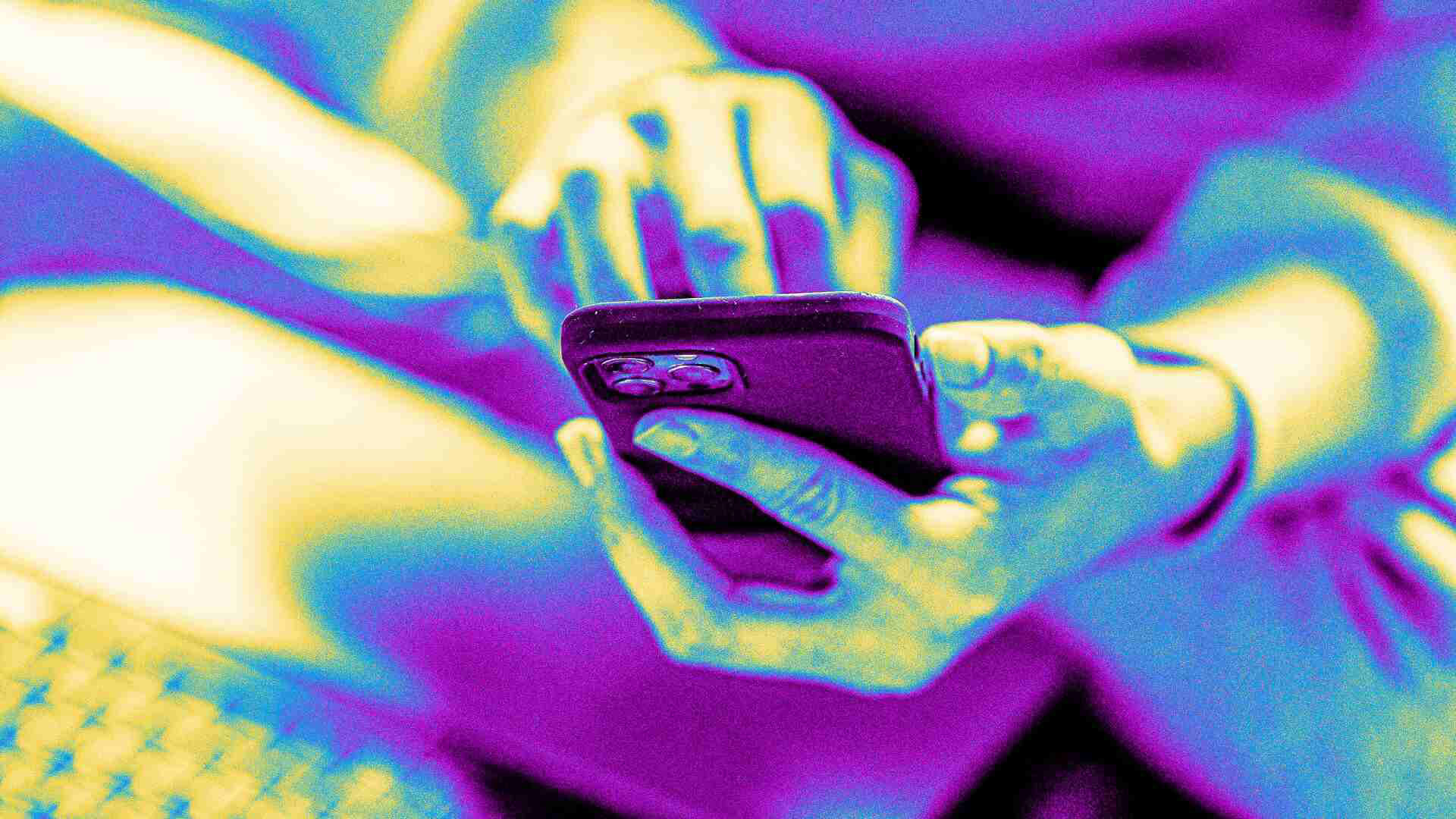Welcome to Pressing Questions, Fast Company’s work-life advice column. Every week, deputy editor Kathleen Davis, host of The New Way We Work podcast, will answer the biggest and most pressing workplace questions.
Q: How can I draw better boundaries between work and personal time?
A: This is such a pervasive (and uniquely American) problem. In fact, according to a 2023 survey, 68% of Americans work while on vacation. I get it. Work feels urgent and—especially in an environment where layoffs make near-daily headlines—it can feel like being always available is necessary.
But setting boundaries between work and personal time can help you to be better at your job. Just like it’s important to say no to the commitments that aren’t the best use of your time, setting healthy boundaries reduces the chance of burnout and allows you to be happier and more productive.
PUT DEVICES OUT OF SIGHT
The most effective way to keep a hard line between work and personal time is to have dedicated devices for both. If you don’t want to feel pressure to respond to work emails or calls or Slack messages, don’t have the apps on your personal devices and leave your work devices at the office or in another room at home. (Of course, this only works if you haven’t given your colleagues and clients your personal cell number and email address.) It might sound drastic, but it’s effective—and really, only a very few jobs are so critical as to warrant an actual emergency response.
TURN OFF NOTIFICATIONS
If you aren’t ready to take a cold turkey approach, you can start by simply blocking time off in your calendar and turning off (or pausing) notifications. If you’ve been working and responding to messages on evenings, weekends, and vacations for a while, you’re going to have to work to train the people you work with to change their expectations. Actions like turning off notifications, turning on out-of-office messages, and not carrying around your device only work if you explicitly set a new expectation first.
SET AN UNBREAKABLE OUT OF OFFICE MESSAGE
If you’re a manager, you likely have a little more autonomy in making these decisions and an added imperative to do so, since you’ll be modeling healthy boundaries for your employees. It can be as simple as saying, “I’m going to start logging off at 5 p.m. everyday, and I won’t be available again until 9 a.m. the next day.” Then stick to it.
If you have outside clients reaching out at all hours, add this message to a daily email auto-reply. The same thing goes for vacations and weekends: Specify the days and hours that you’ll be out, and spell out that you won’t be checking messages at that time. While it’s common to leave the name and contact of a person to reach out to in your absence, that can lead to a pile up for both of you. If it’s really an emergency, they’ll find someone. But the harder you make if for people to bug you, the less they will.











